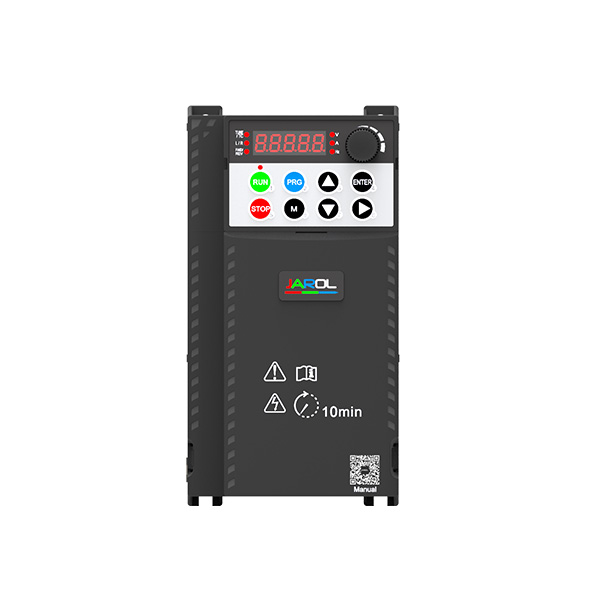Ensuring Resilience: Measures for Reliability and Durability in High-Performance Frequency Converters
2024-03-13
In the fast-paced world of industrial automation, reliability and durability are non-negotiable qualities when it comes to equipment and machinery. High-performance frequency converters, serving as the backbone of motor control systems, must meet stringent standards to ensure uninterrupted operation and longevity in demanding industrial environments. In this blog, we'll explore the measures taken to ensure reliability and durability in high-performance frequency converters, highlighting the engineering principles and design features that underpin their robustness and resilience.
1. Robust Construction:
High-performance frequency converters are built to withstand the rigors of industrial use, featuring rugged construction and durable materials that can withstand harsh environmental conditions, mechanical stress, and temperature extremes. Enclosures are often constructed from heavy-duty materials such as steel or aluminum, providing protection against physical damage, dust, moisture, and vibration.
2. Comprehensive Testing:
Before being released to the market, high-performance frequency converters undergo rigorous testing and validation procedures to ensure compliance with industry standards and performance specifications. These tests may include thermal cycling, vibration testing, shock testing, electromagnetic compatibility (EMC) testing, and reliability testing under simulated operating conditions. By subjecting frequency converters to a battery of tests, manufacturers can identify and address potential weaknesses or vulnerabilities, ensuring reliable operation in real-world applications.
3. Component Selection:
The selection of high-quality components is paramount in ensuring the reliability and durability of frequency converters. Manufacturers carefully choose components such as power semiconductors, capacitors, transformers, and cooling systems from reputable suppliers known for their reliability and performance. By using components with proven track records and robust design, manufacturers minimize the risk of premature failure and ensure long-term reliability in frequency converters.
4. Thermal Management:
Effective thermal management is essential to prevent overheating and ensure optimal performance and reliability in high-performance frequency converters. These devices generate heat during operation, particularly in high-power applications, and must be equipped with efficient cooling systems to dissipate heat and maintain optimal operating temperatures. Common cooling methods include air cooling with heat sinks and fans, liquid cooling with coolant circulation systems, or a combination of both.
5. Redundant Design:
High-performance frequency converters often incorporate redundant design features to enhance reliability and minimize the risk of system failure. Redundancy may include duplicate power modules, redundant cooling fans, redundant control circuits, and fail-safe mechanisms to ensure continuous operation in the event of component failure or fault conditions. By providing backup systems and failover mechanisms, manufacturers mitigate the impact of potential failures and maximize uptime in critical applications.
6. Protective Features:
To safeguard against electrical faults, overloads, and abnormal operating conditions, high-performance frequency converters are equipped with comprehensive protection features. These may include overcurrent protection, overvoltage protection, short-circuit protection, thermal overload protection, and earth fault protection. Additionally, frequency converters may incorporate diagnostic features and self-monitoring capabilities to detect and diagnose potential issues before they escalate into serious problems.
7. Reliability Standards and Certifications:
Manufacturers of high-performance frequency converters adhere to industry standards and certifications to ensure product reliability and compliance with regulatory requirements. Common standards include ISO 9001 for quality management systems, IEC 61800 for adjustable speed electrical power drive systems, and UL/cUL certification for safety and performance. By adhering to these standards and certifications, manufacturers demonstrate their commitment to producing reliable and durable frequency converters that meet the highest quality and safety standards.
In conclusion, ensuring reliability and durability in high-performance frequency converters requires a holistic approach that encompasses robust construction, comprehensive testing, high-quality components, effective thermal management, redundant design features, protective mechanisms, and adherence to industry standards and certifications. By incorporating these measures into the design and manufacturing process, manufacturers can deliver frequency converters that meet the stringent demands of industrial applications and provide reliable, long-lasting performance in the field.



